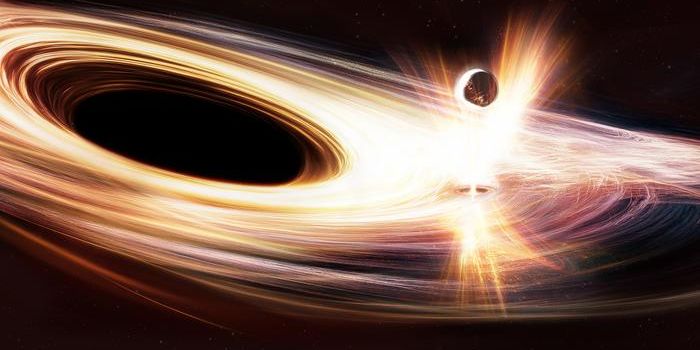NASA Discovers a Global Electric Field After Decades of Search
A team of scientists has used data obtained from a suborbital rocket used in the NASA Endurance mission a to reveal an electric field that is as widespread and likely as essential to the planet as the magnetic and gravitational fields. This phenomenon, an ambipolar electric field that was first hypothesized to exist about 60 years ago, allows the atmosphere surrounding the planet to escape over the North and South poles. The strength of the field and its influence on a part of the atmopshere known as the ionosphere was estimated from measurements obtained by the rocket. The findings, which help explain atmospheric escape, were reported in Nature.
A steady stream of particles flowing from our atmosphere and into space has been detectable by spacecraft and accompanying equipment since the late 1960s. The outflow, which has been called the 'polar wind,' had been predicted by researchers. This study can help researchers understand various characteristics of the atmosphere, such as its movement, evolution, and polar winds. The work can also help us determine whether there are other planets that are friendly to life, and what extraterrestrial atmospheres may be like.
Intense sunlight would be expected to enable particles to escape from Earth's atmosphere. But polar wind observations are more intense than what would be predicted by sunlight alone. Many particles in the polar wind were also found to be cold, and show no signs of heating, even while moving at supersonic speeds.
“Something had to be drawing these particles out of the atmosphere,” said first study author Glyn Collinson, principal investigator of Endurance at NASA’s Goddard Space Flight Center.
The electric field that was expected was also thought to be very weak, and only able to exert effects over hundreds of miles.
The Endurance mission shot a rocket into the atmosphere in 2022, which collected data over a range of 322 miles; it crashed into the Greenland Sea under a half hour later. It measured a change in electric potential that was only 0.55 volts, which is about as powerful as a watch battery, noted Collinson. It's not much. “But that’s just the right amount to explain the polar wind.”
Hydrogen ions are the most common particle in the polar wind, and they are subjected to forces from the electric field that are 10.6 times stronger than gravity. “That’s more than enough to counter gravity; in fact, it’s enough to launch them upwards into space at supersonic speeds,” said study co-author Alex Glocer, Endurance project scientist at NASA Goddard.
Oxygen ions are heavier, but are also boosted by the electric field. The data indicated that our ionosphere stay denser at greater heights than they would be without the field. “It’s like this conveyor belt, lifting the atmosphere up into space,” Collinson added.
The researchers noted that other electric fields like this probably exist on other planets, even some in our solar system like Venus and Mars.
“Any planet with an atmosphere should have an ambipolar field,” Collinson explained. “Now that we’ve finally measured it, we can begin learning how it’s shaped our planet as well as others over time.”









